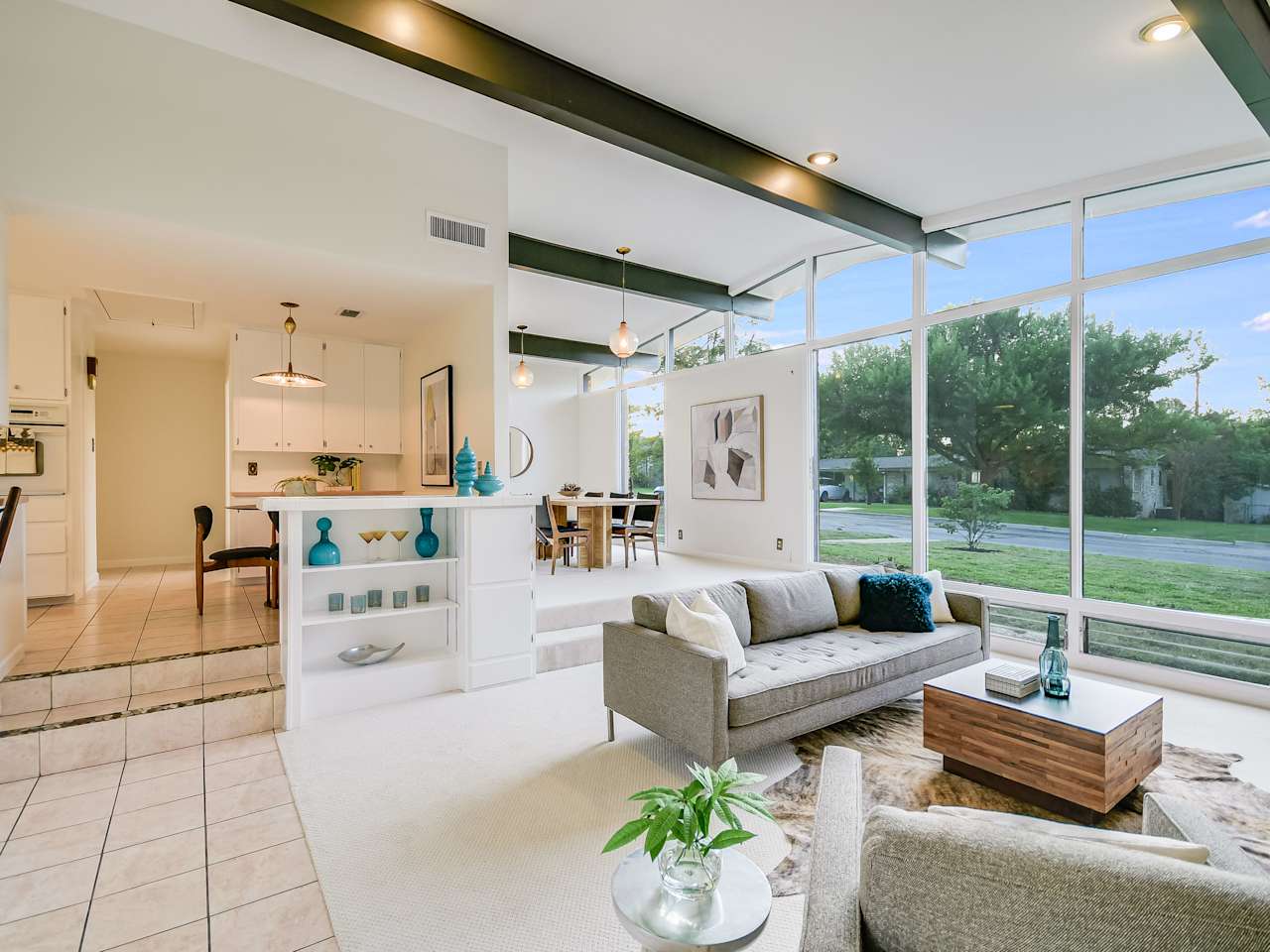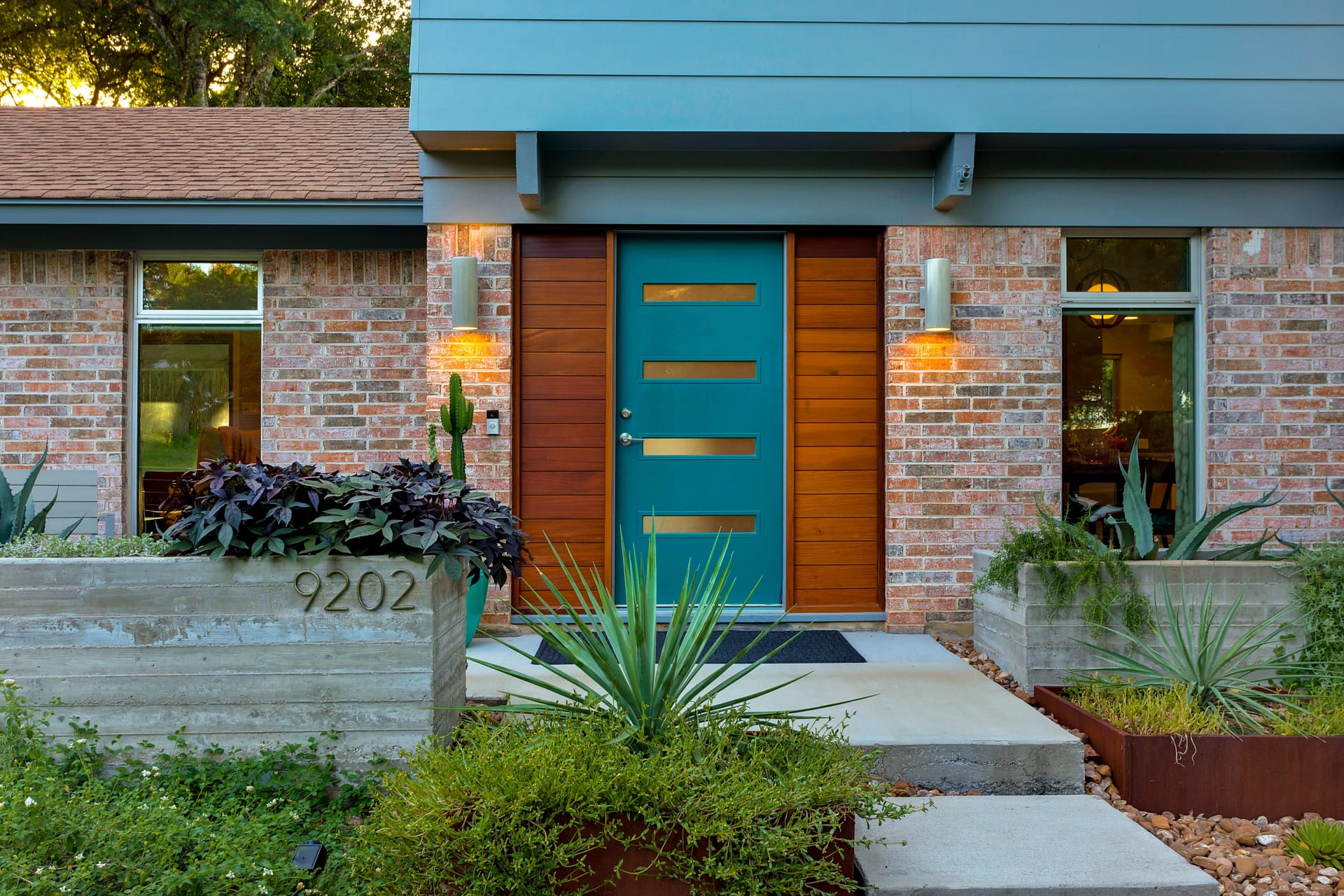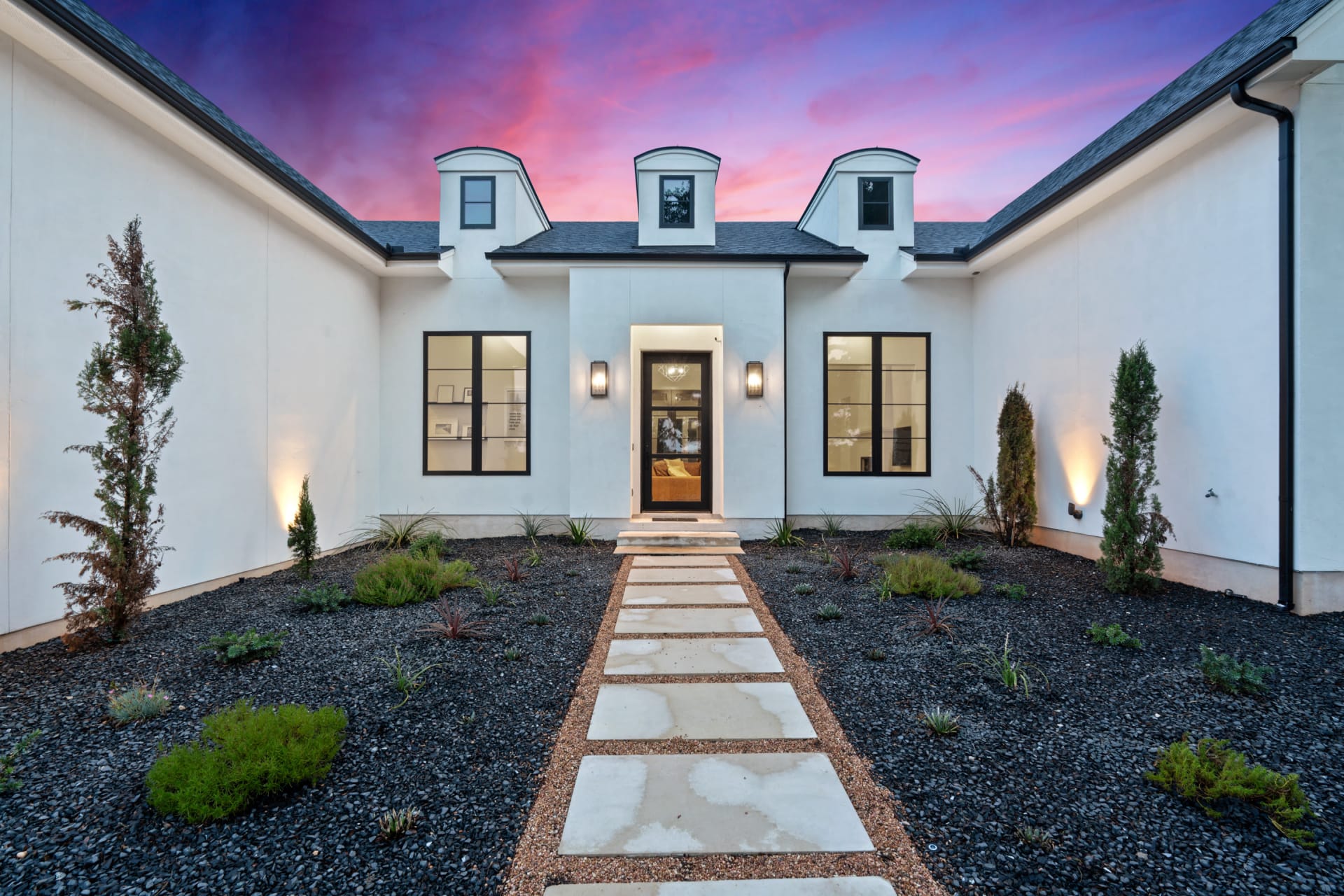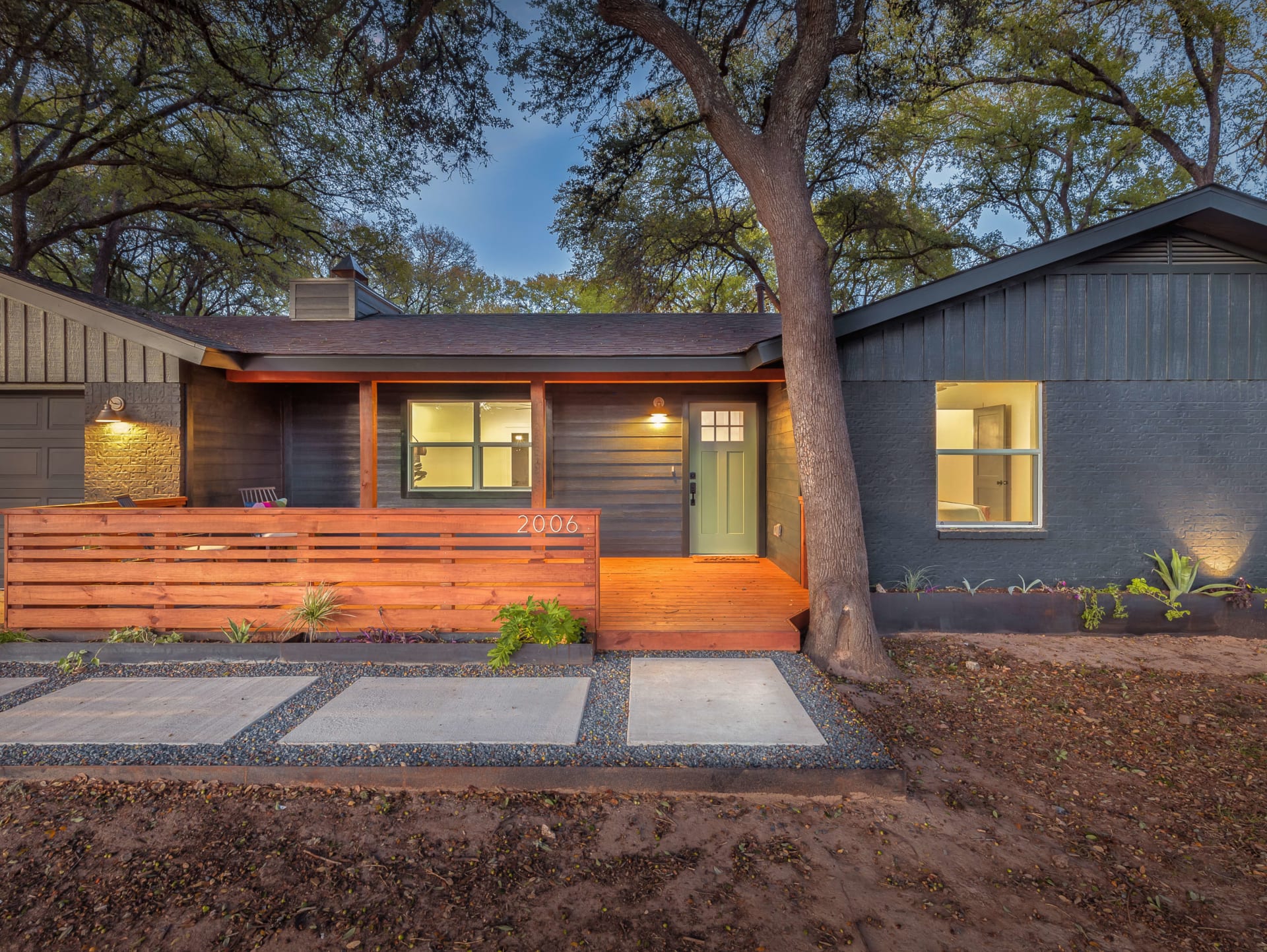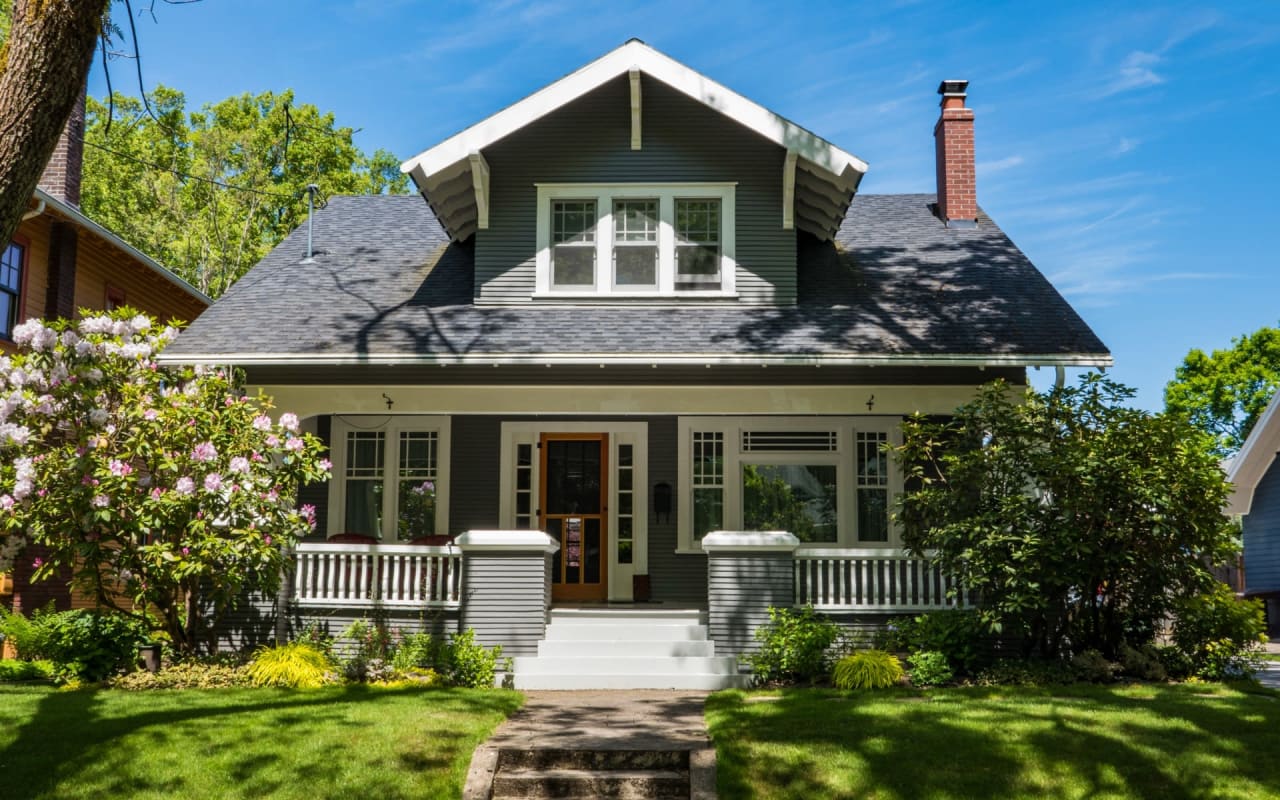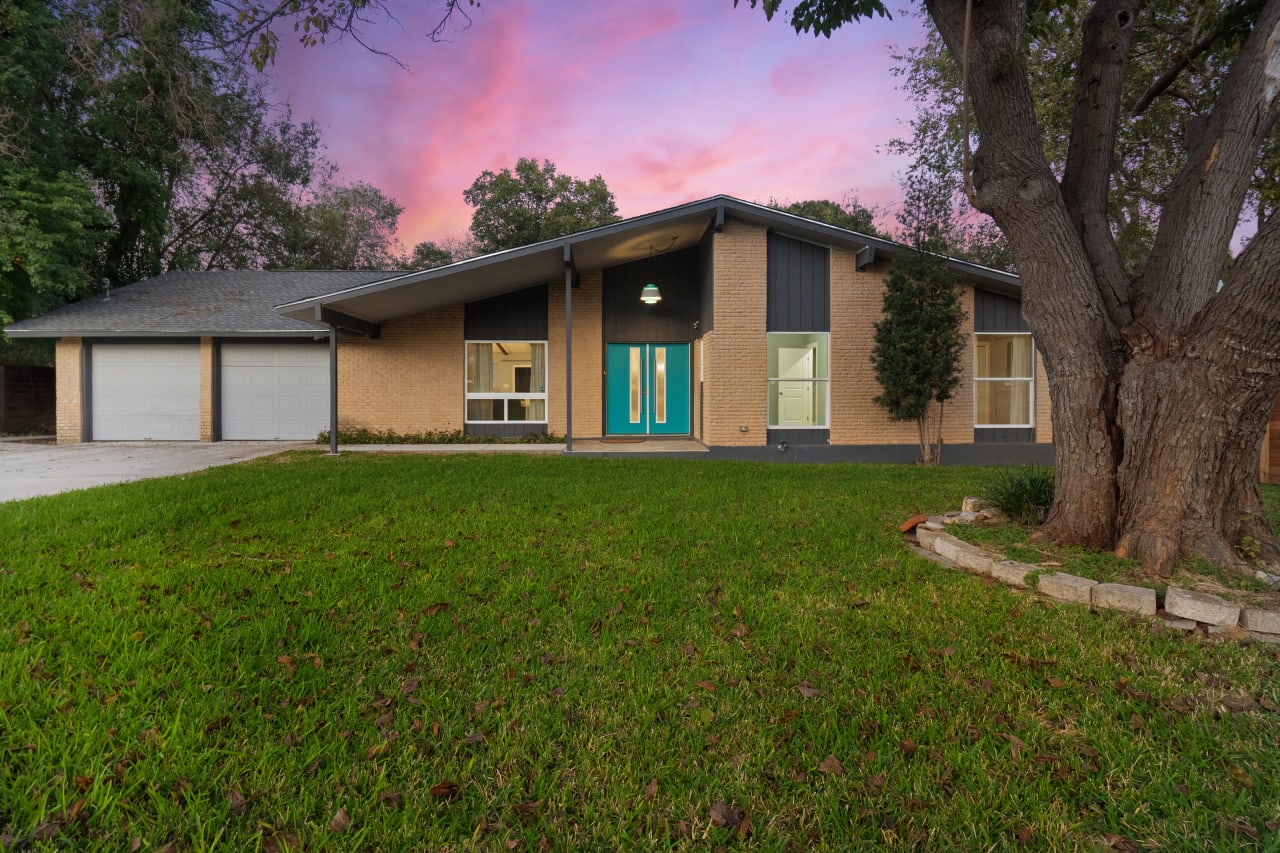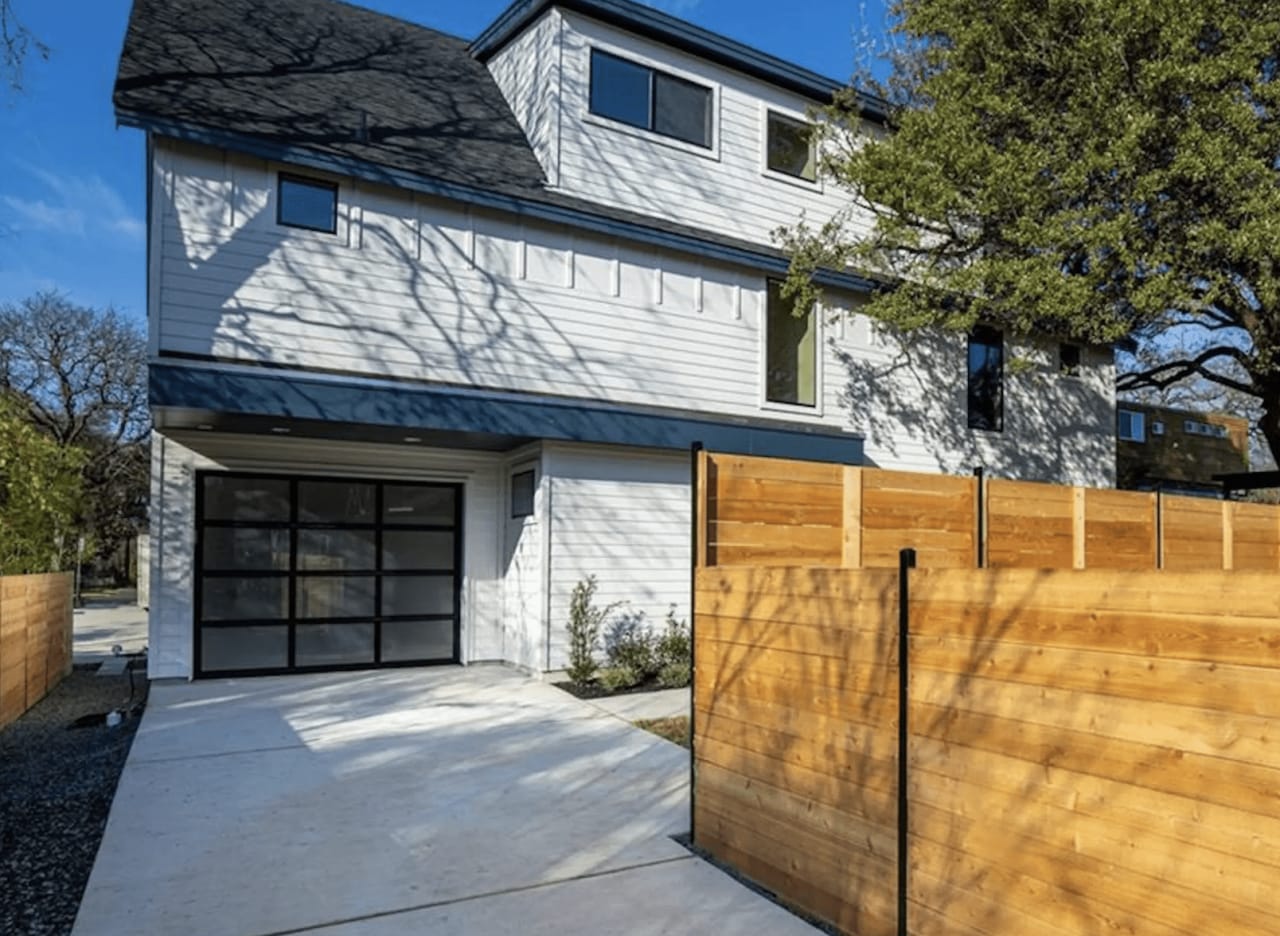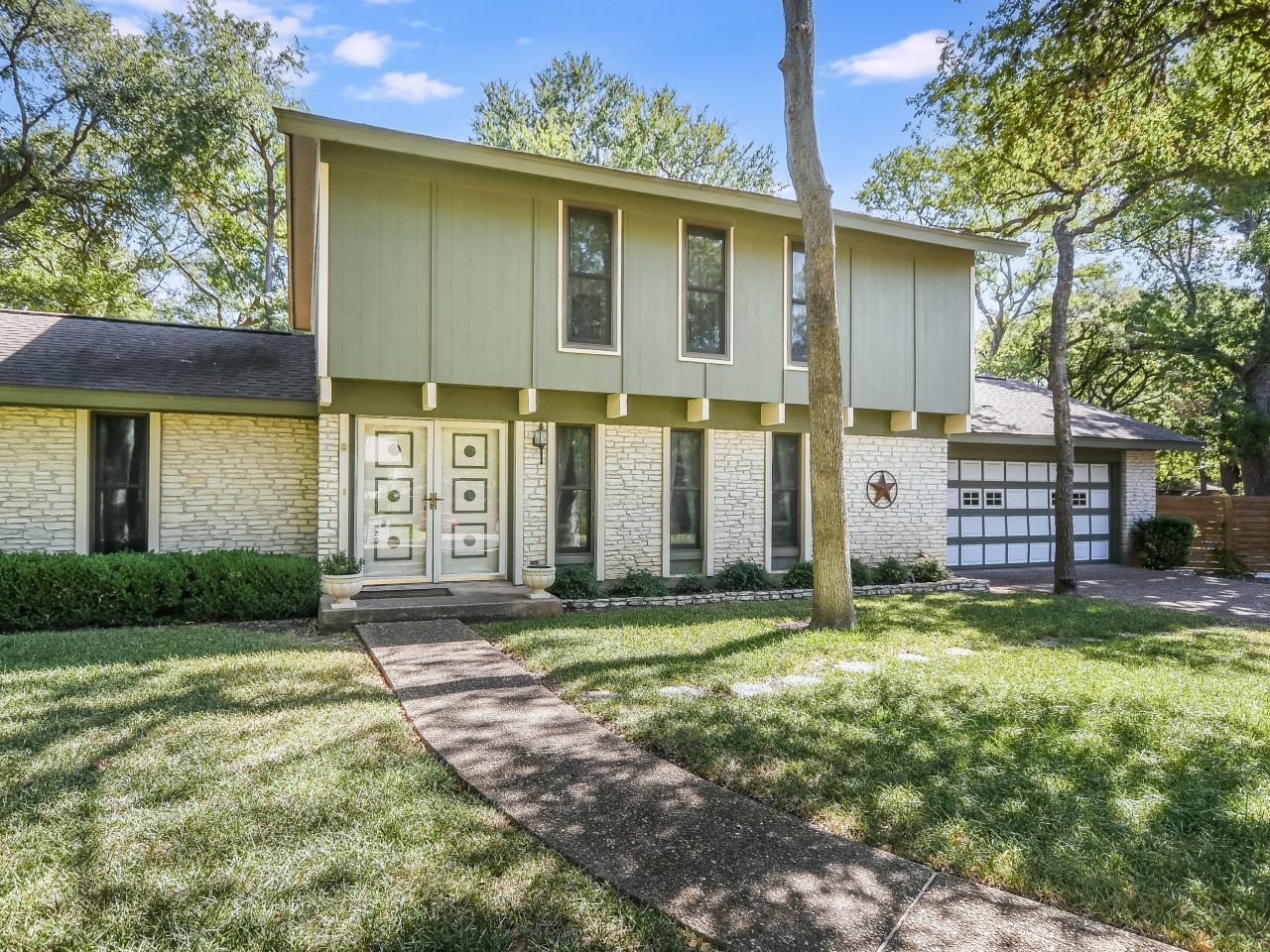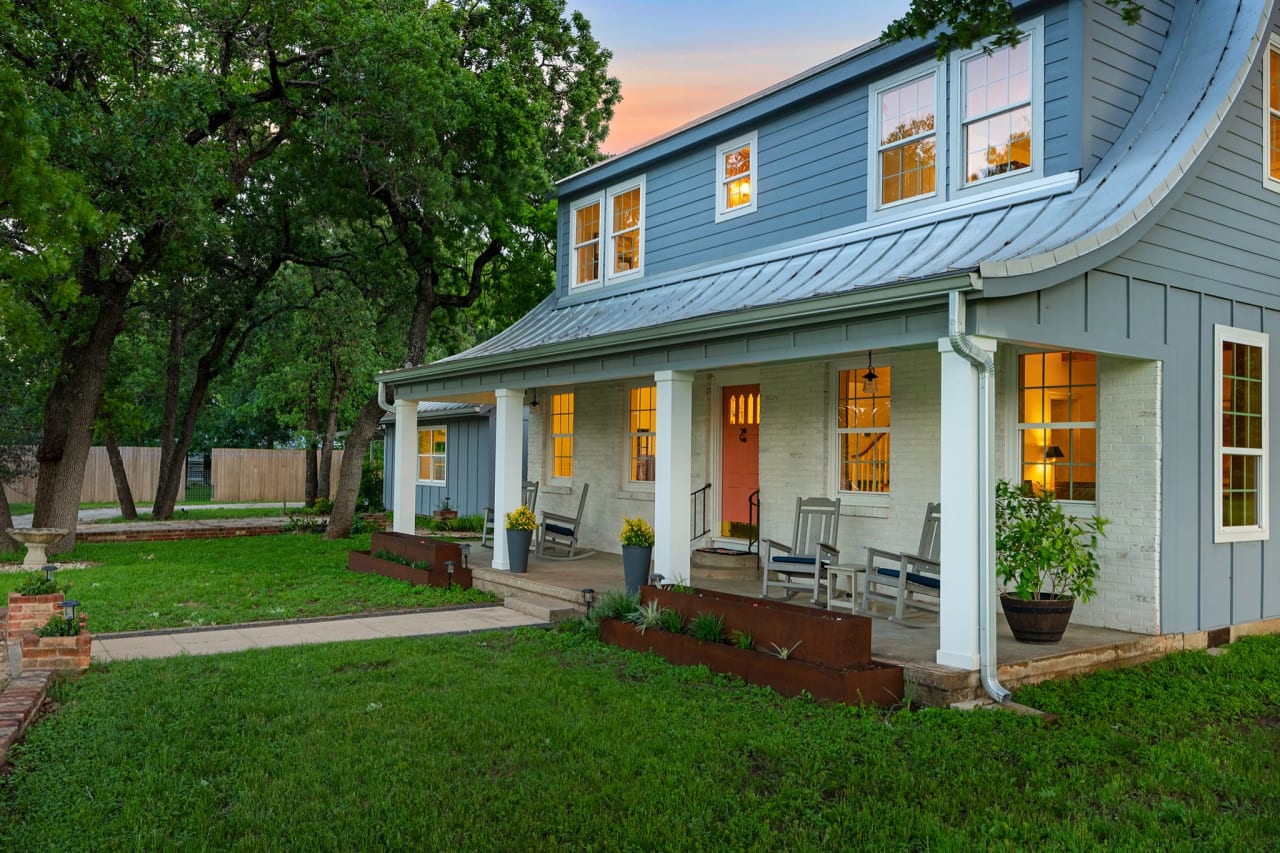WHAT OUR CLIENTS SAY
We were SO happy we used Michelle, who came highly recommend from a friend, as our realtor in our recent home sale. She guided us through a complex and rapidly changing market with her enormous level of knowledge and experience. She helped us prioritize renovation projects and find the resources to complete them. She was very proactive, attentive to detail and protective of our interests! She's also kin...
